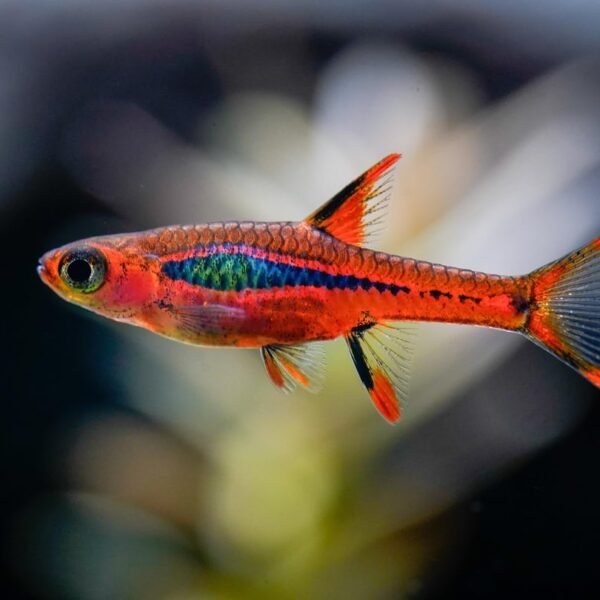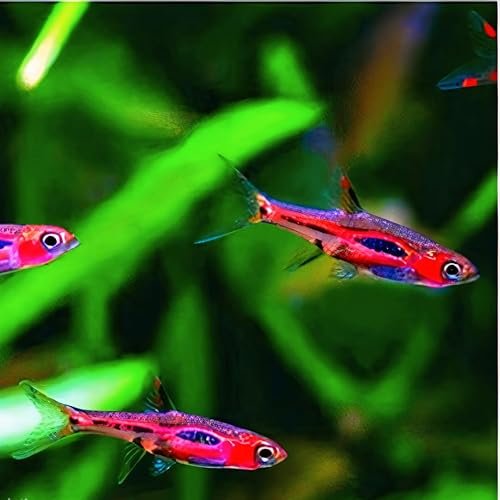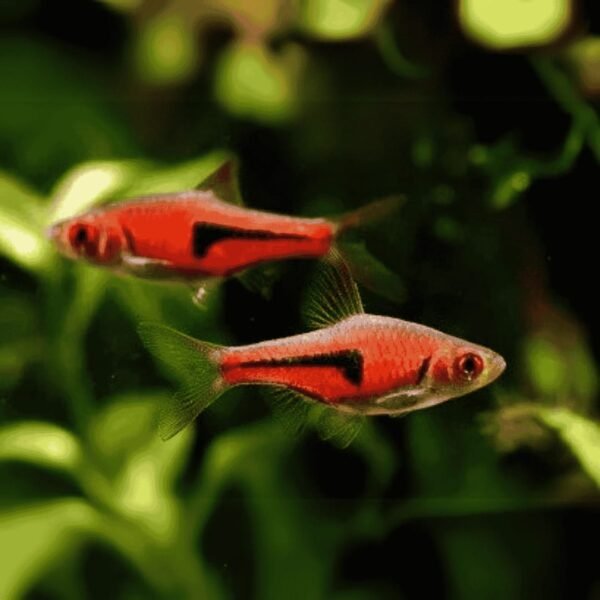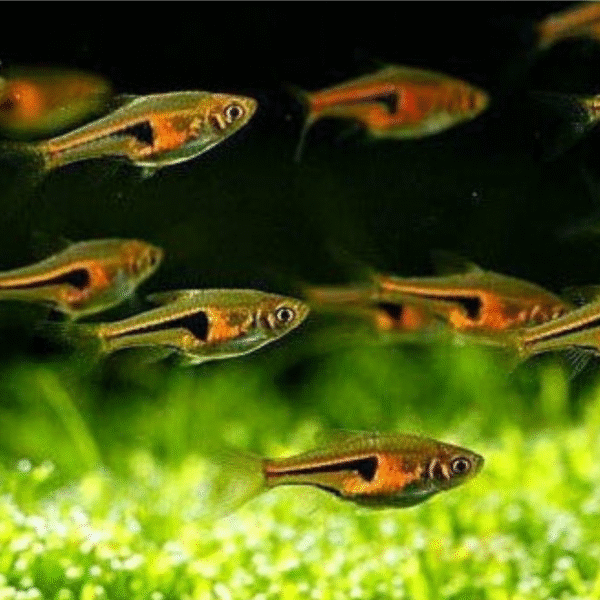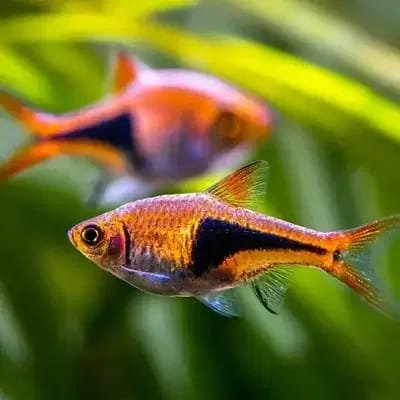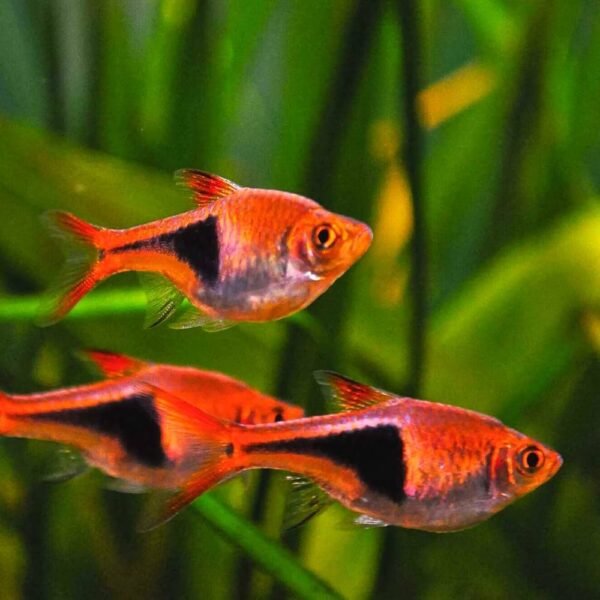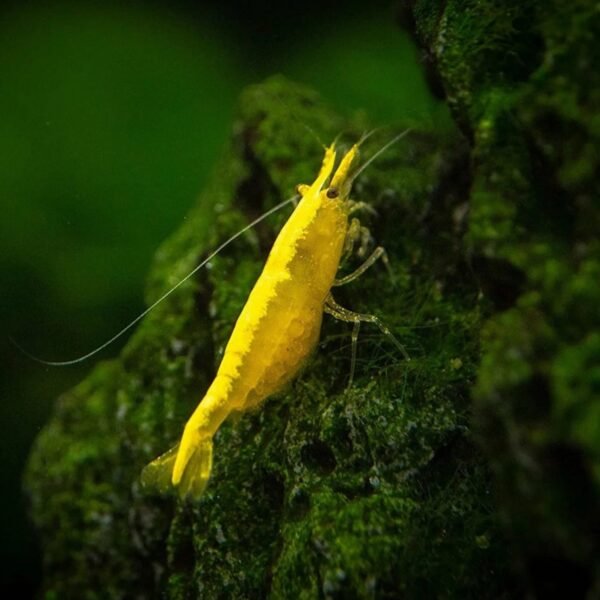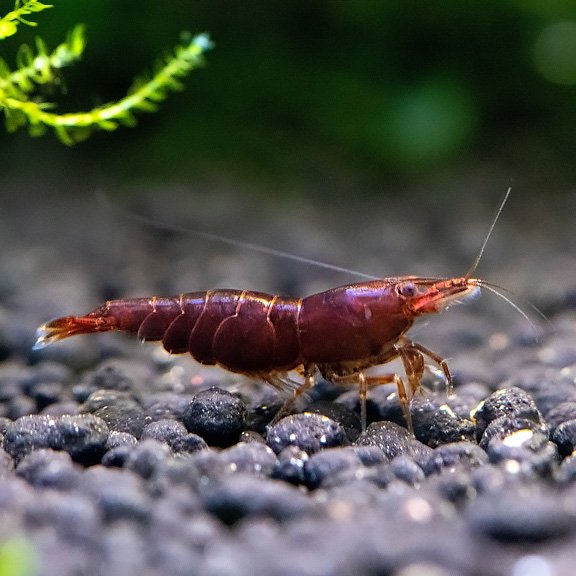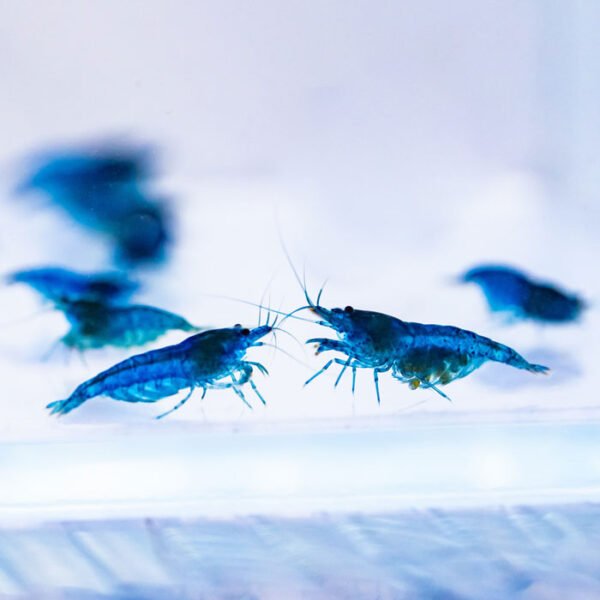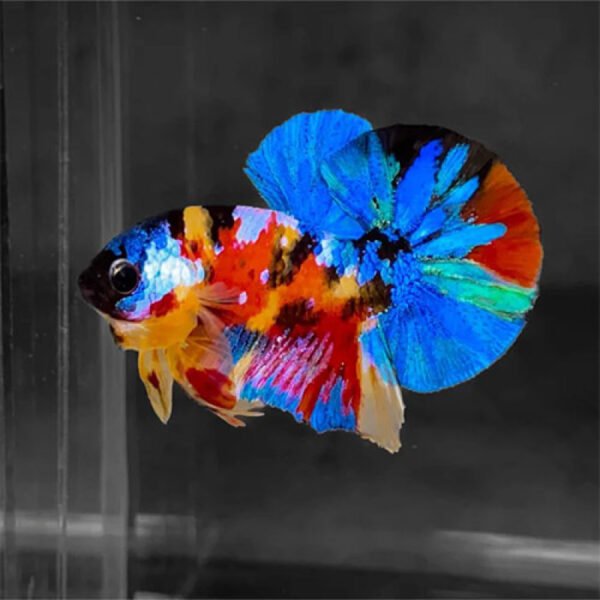Description
Dwarf Blue Mexican Crayfish (Cambarellus patzcuarensis sp. Blue)
📌 Basic Info
-
Scientific Name: Cambarellus patzcuarensis sp. “Blue”
-
Common Names: Dwarf Blue Crayfish, Blue CPO
-
Family: Cambaridae
-
Origin: Mexico (Lake Pátzcuaro region)
-
Size: 1.5 – 2 inches (4 – 5 cm)
-
Lifespan: 2 – 3 years
-
Tank Zone: Bottom dweller
🌊 Water Parameters
-
TDS: 150 – 250 ppm
-
pH: 6.5 – 7.8
-
Temperature: 20 – 26°C (68 – 79°F)
-
Hardness: 6 – 12 dGH
🦞 Characteristics
-
Striking bright blue coloration, sometimes with orange highlights.
-
Smallest crayfish species commonly kept in aquariums.
-
Much more peaceful than larger crayfish; less destructive to plants.
-
Active and curious, often seen walking around instead of hiding all the time.
-
Can regenerate lost limbs after molting.
🍽️ Food
-
Type: Omnivorous scavenger.
-
Diet: Sinking pellets, algae wafers, blanched vegetables (zucchini, spinach, cucumber), occasional protein foods (bloodworms, shrimp pellets).
-
Feeding Schedule: Once daily in small amounts; remove uneaten food to avoid fouling water.
🛠️ Tank Setup & Maintenance
-
Tank Size: Minimum 10 gallons (for 1–2 crayfish).
-
Filtration: Gentle but efficient; they prefer stable, clean water.
-
Decor: Provide hiding spots with caves, rocks, PVC pipes, and plants.
-
Substrate: Sand or fine gravel; they like to dig.
-
Water Changes: 20–25% weekly.
👥 Social Behavior
-
Generally peaceful for a crayfish species.
-
Can be kept singly or in small groups if enough hiding places are provided.
-
May occasionally nip slow or sleeping fish but usually safe with peaceful community tank mates.
✅ Do’s
-
Provide multiple caves/hiding spots, especially if keeping more than one.
-
Ensure tight lid – they can climb and escape.
-
Keep stable water conditions; sensitive to ammonia/nitrite.
❌ Don’ts
-
Don’t house with large aggressive fish (they may attack or eat the crayfish).
-
Don’t overcrowd – can lead to territorial fights.
-
Don’t keep in tanks with strong currents or poor oxygenation.
⭐ Quick Tips
-
A beautiful, hardy, and relatively peaceful dwarf crayfish perfect for nano and community aquariums.
-
Safer with live plants than larger crayfish.
-
Their bright blue color makes them a centerpiece in any small tank.



